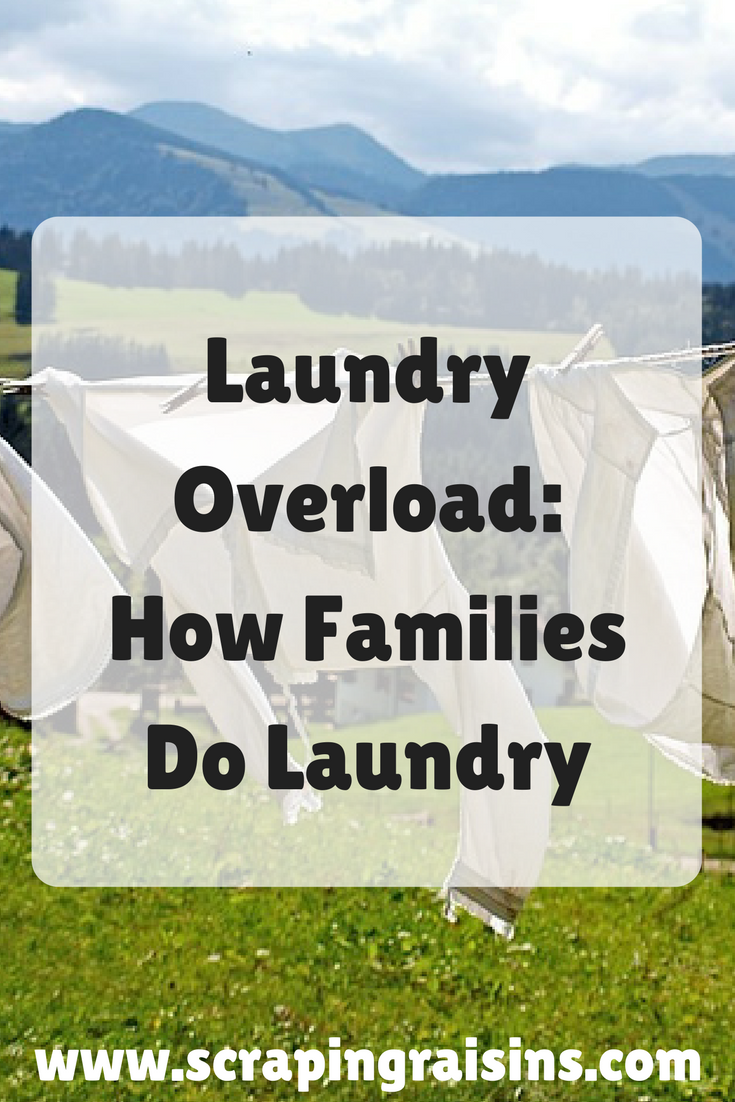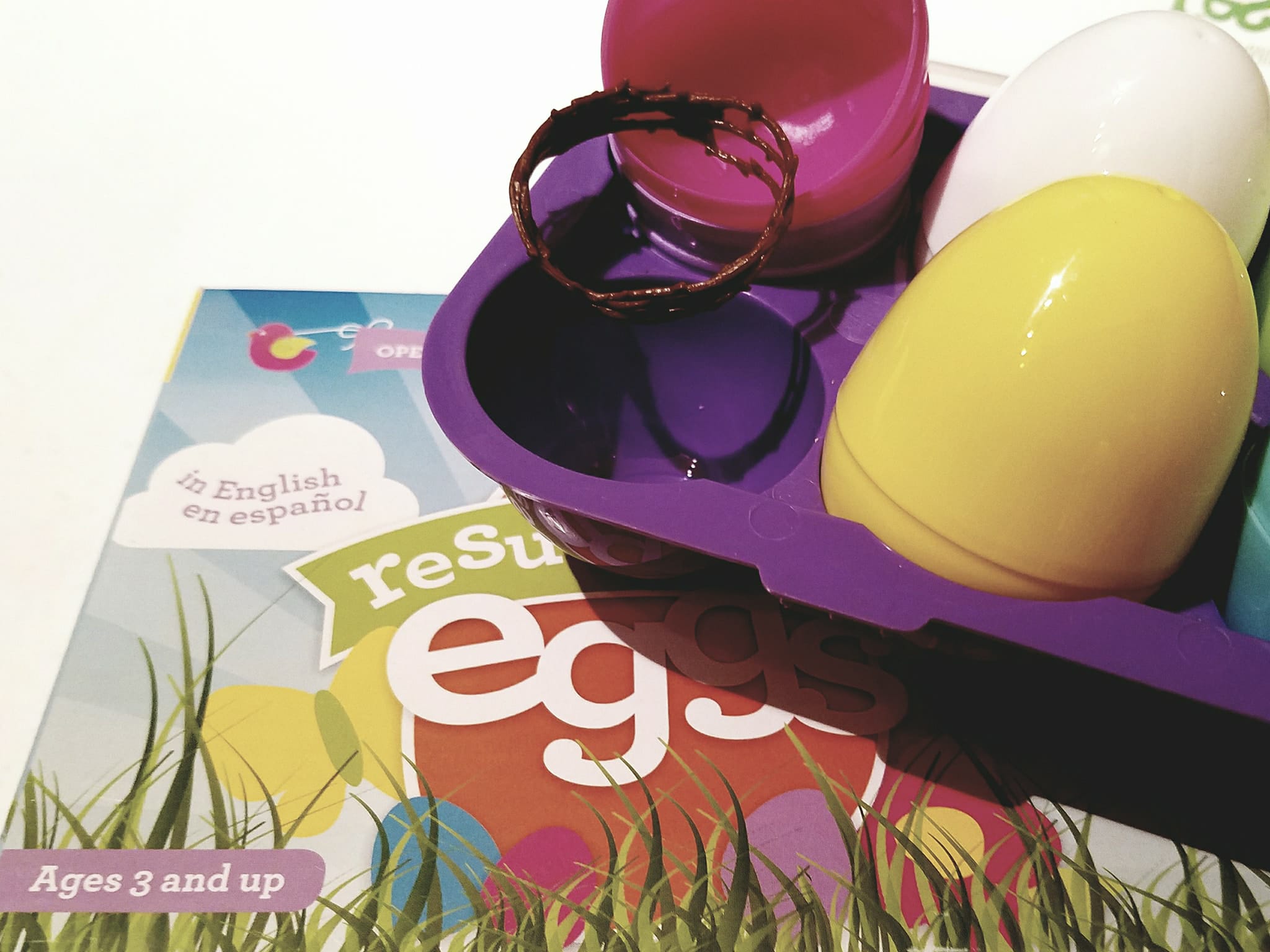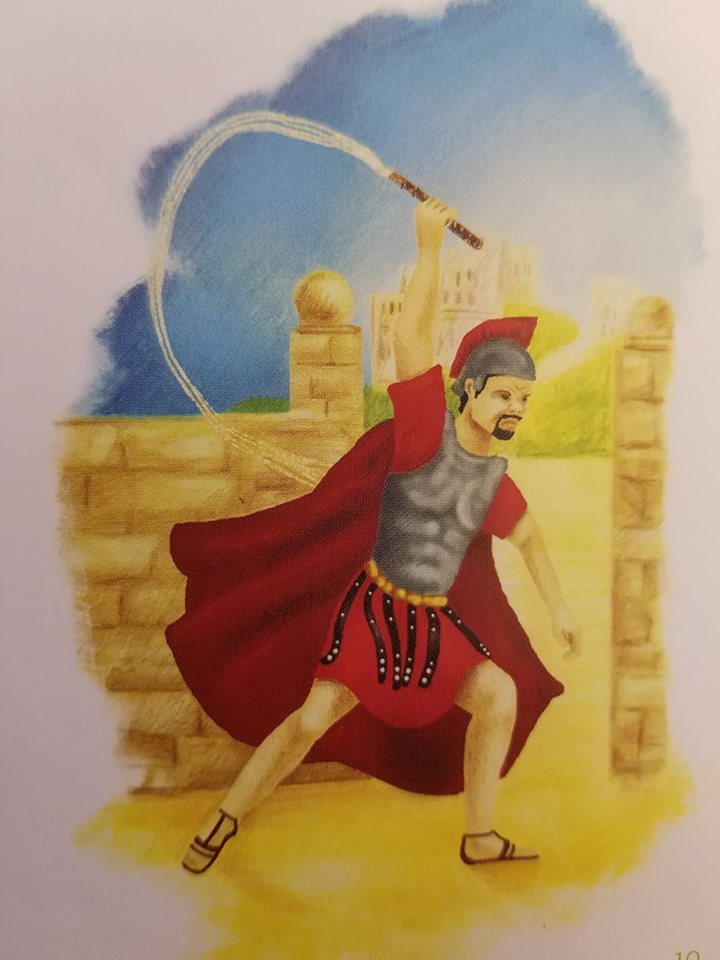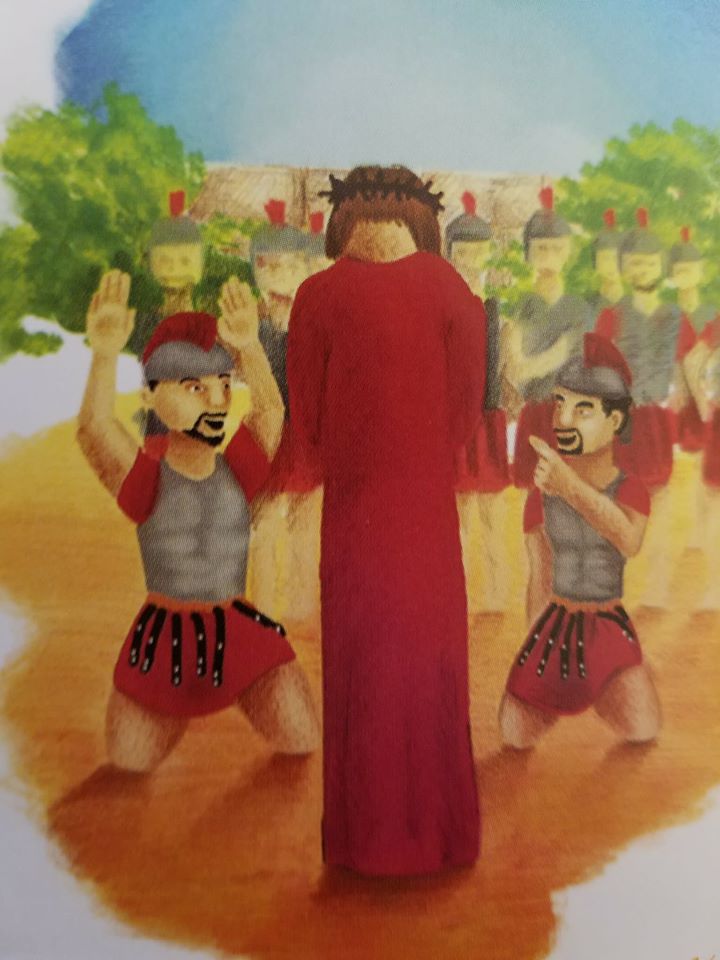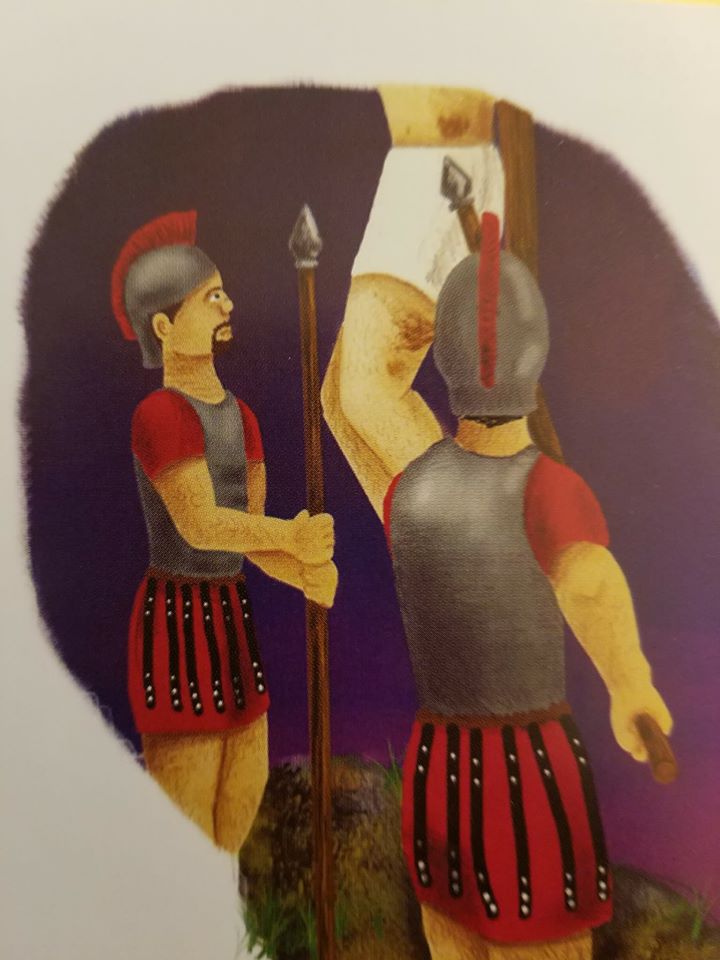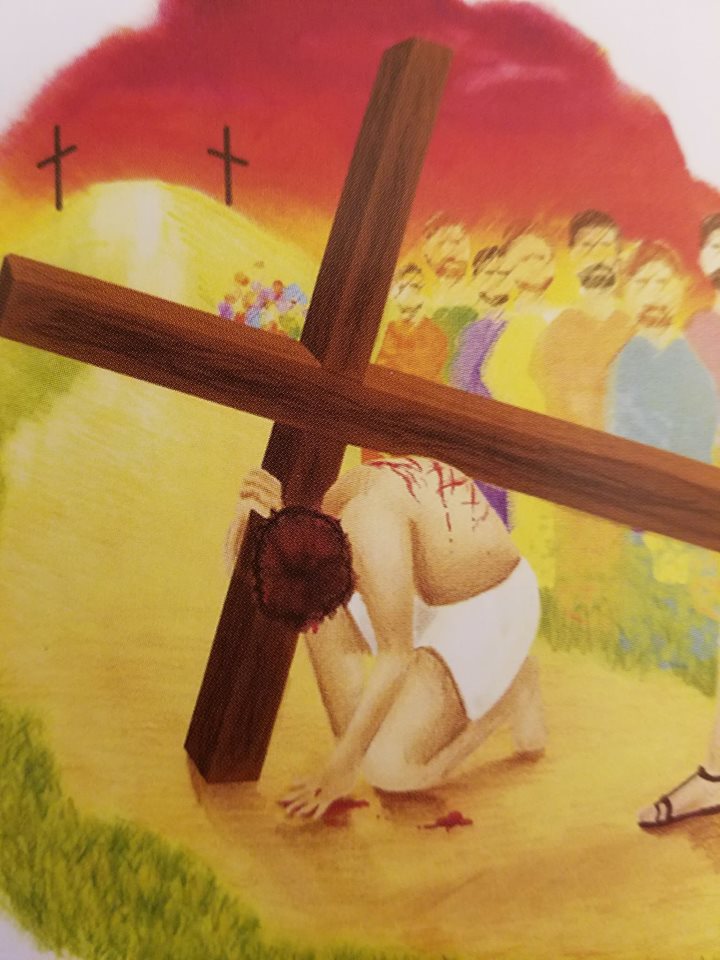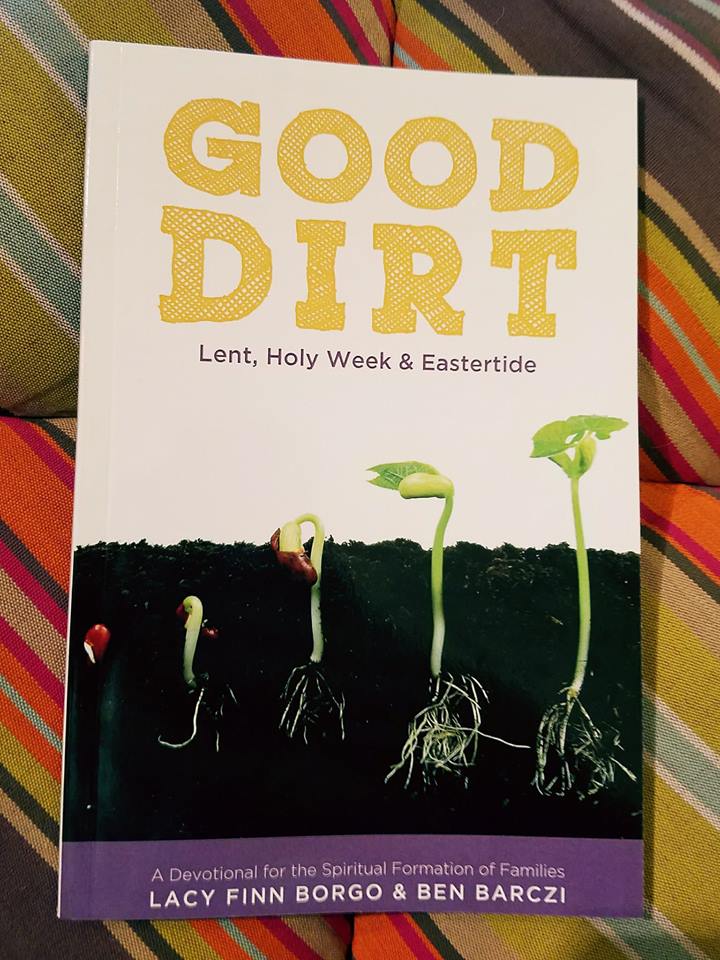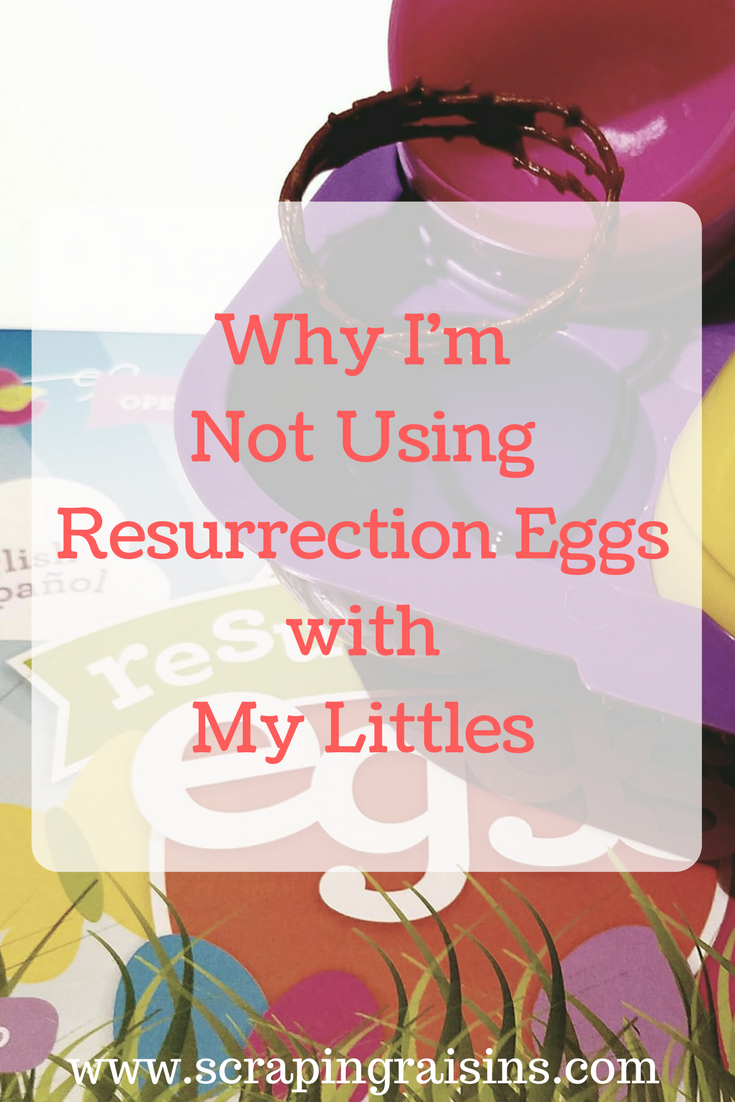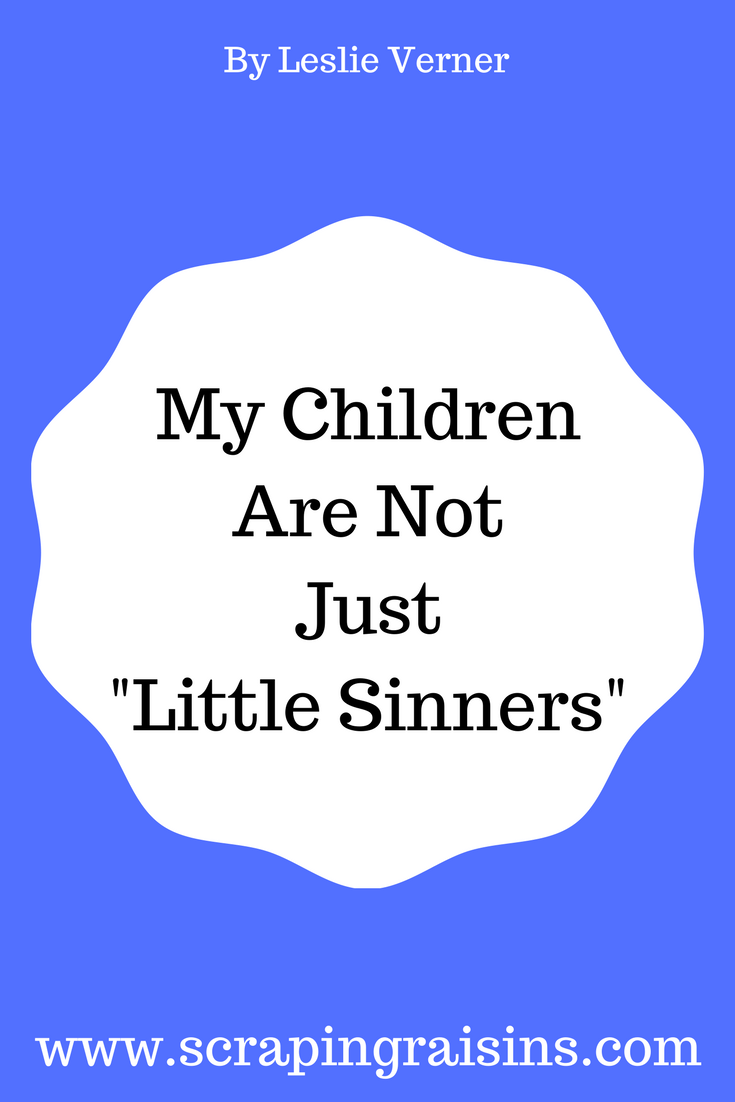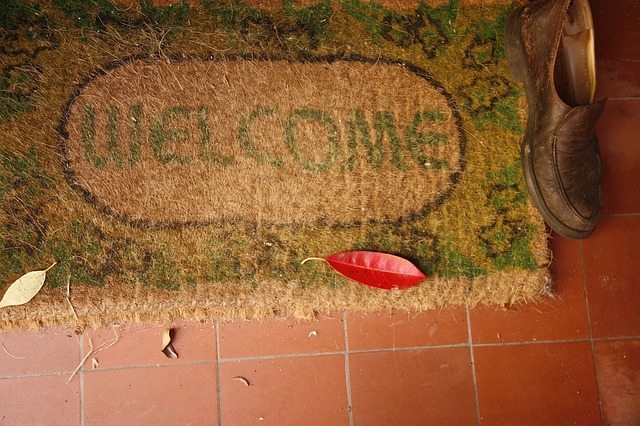
By Lisa Russell
There has to be more than this.
That’s what was ruminating in our hearts and conversations. In the perspective of our Christian culture, we had “arrived.” We were happily married, had started a family, had a dog and a house just shy of a white picket fence. We had a church community, were in Bible studies and serving in ministry. So why the holy discontentment?
Looking at our week, we were with our Christian friends in our Christian community doing Christian things nearly every night, yet we couldn’t shake the feeling that we were full … too full.
I call it Spiritual Gluttony.
We were filling up so much without an outlet for overflow, which left us lethargic, stagnant and, well … bloated.
There has to be more than this.
We started praying and the Lord quickly responded with a question: “If you had the perspective of being a missionary in your own town, how would your life look different?”
At the time, I was an event planner doing an event for a local non-profit raising funds for abused and neglected children in our community. When they put statistics up about children in our very own community, I broke. Our community? Our city in beautiful Colorado that has been on the top places in the country to live? We have the resources, and yet there are children who don’t have a safe haven.
I was shocked to see that there are children even suffering from malnourishment. These kids are in our own backyard–would we be willing to invite them in and care for them for a while? We were already the neighborhood hub for kids–most of whom didn’t have involved parents, who were starving for attention and a fruit snack from our pantry. What if we took it to another level and became foster parents?
Every step of the journey to become certified foster parents involved excitement, hope, fear, anxiousness and self-doubt. And yet every step felt like removing a brick from a dam, unleashing the flowing water built up over time.
The foster care training felt like church–learning how perfect love casts out all fear, actually being the hands and feet of Jesus, loving on the orphan, the “great commission.” Then, one day walking out of a grocery store, I got a call from our case worker. I thought she was calling to let us know our certification went through as we just finished our home study, but she called to ask if we would be willing to take a newborn baby boy just 16 days old. Two hours later, our first foster son entered into our home and immediately into our hearts.
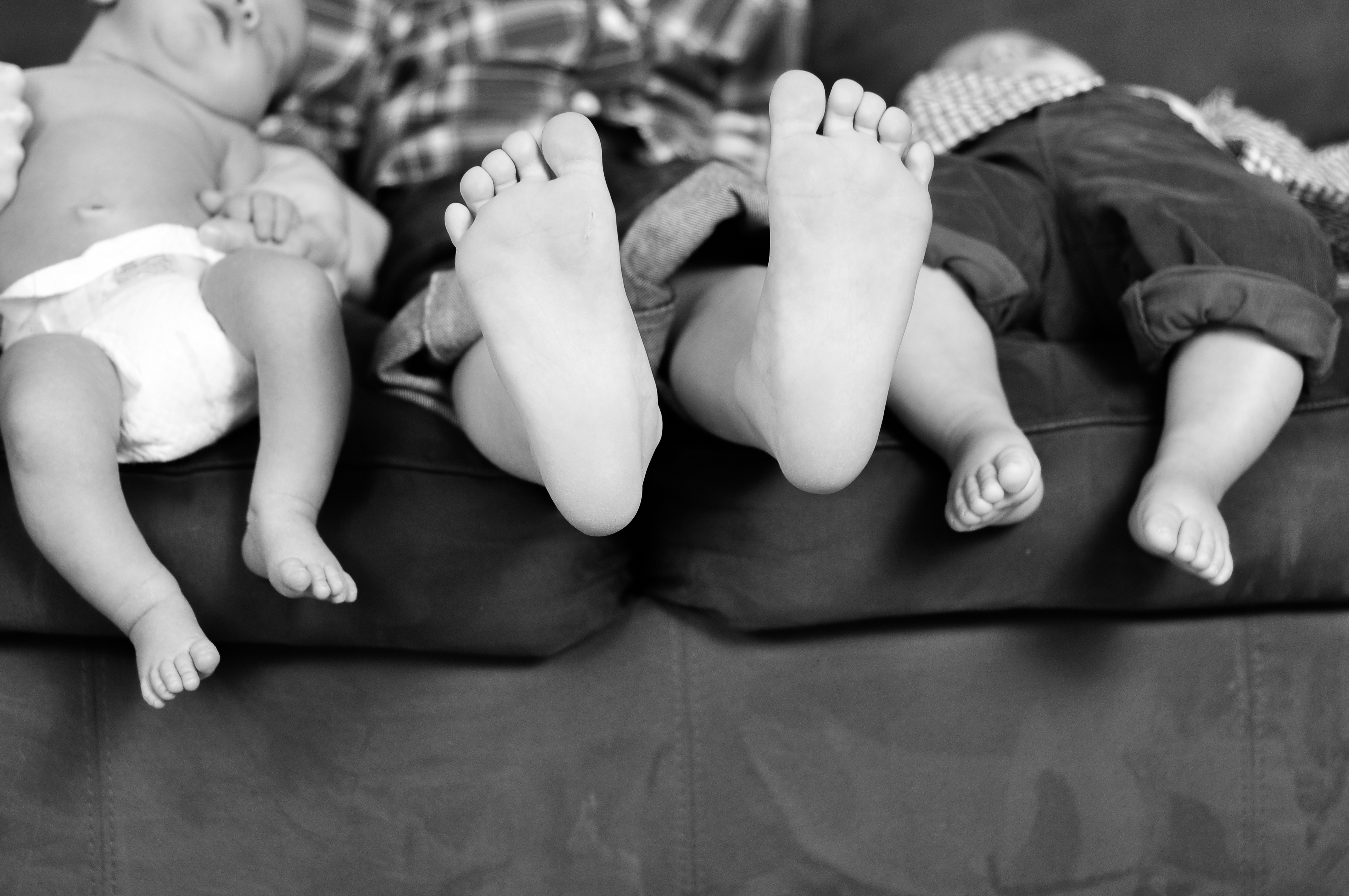
You would have thought he came from my very own womb. I fell in love with this little bundle like he was my own. What I didn’t expect was to fall in love with his family.
There was even more than this.
Even more than taking in a foster child, was taking in a larger family: his aunt, who was emergency care after he was removed from the home, the grandma who was desperate to see her newborn grandson, the extended family that was concerned, and even the biological mom who was entangled with addiction.
Our eyes were opening to see the need in our community that was hidden by masks of prosperity. Driving into our city from the interstate, there was a new strip of trendy restaurants and shops systematically placed in front of a trailer park. We can’t have people seeing a trailer park when they enter into the #1 city to live.
Our eyes were also being opened to the unseen– the evil that claws its way through families by speaking lies of despair and hopelessness. Our hearts were being broken for these families that have had a name spoken over them that they believe to be true.
Unwanted.
Unloved.
Our foster son’s grandma told me she is a pariah–an outcast in this society with little hope a door would be cracked open enough to get back in.
We tend to dehumanize these families. By no means am I giving a free pass or condoning their actions as perpetrators, but we gain no ground to healing and restoration if we don’t start seeing them and hearing their own stories. More often, these bio-parents are suffering from their own trauma, abuse, neglect, mental illness, poverty and injustice. I had a bio-mom tell me once that her mom was the one who taught her to shoot heroin. When that is your model and your norm, it’s more than difficult to cut the generational root of sin and addiction.
It’s a broken system because we are broken people living out generations of brokenness.
The longer we got into fostering, the more I heard and felt that the system is broken. I don’t know how we can have a healthy system with broken people on this side of heaven. The truth is, there are a lot of people who are just doing the best they can- from the caseworkers, to the bio families, to the foster parents and the children that suffer the consequences the most. I do know a good place to start is having eyes to see the humans in front of you, being willing to listen to their stories and have hope for them when they aren’t able to access it themselves.
There is more than this.
There is more than this life–this futile effort to piece together the broken parts of people and our larger communities. It results in a painful glory, through the painful process of diving into the messy, stagnant waters, removing the bricks of the dam, the water will flow once again and produce life and fruit to the land. We have to hold tight to the “more than this” hope.
There is more than this.
About Lisa:
 Lisa Russell and her family fostered for 5 years for Larimer County Child Protective Services. She is now focusing on Lisa Russell Ministries as a Counselor, Spiritual Mentor and Speaker.
Lisa Russell and her family fostered for 5 years for Larimer County Child Protective Services. She is now focusing on Lisa Russell Ministries as a Counselor, Spiritual Mentor and Speaker.
GIVEAWAY OF FINDING HOME!
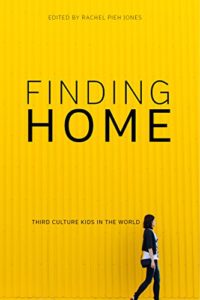 We’re doing a giveaway of the e-version of this book of essays by various writers about what it’s like to raise or be a Third Culture Kid (TCK). To enter, simply sign up for my newsletter AND Rachel’s newsletter before this Friday, May 26th, midnight (MT) and we’ll draw a name after that and email the winner!
We’re doing a giveaway of the e-version of this book of essays by various writers about what it’s like to raise or be a Third Culture Kid (TCK). To enter, simply sign up for my newsletter AND Rachel’s newsletter before this Friday, May 26th, midnight (MT) and we’ll draw a name after that and email the winner!
***
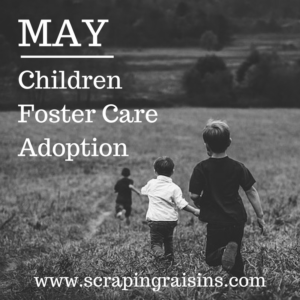
This month on Scraping Raisins, we’re talking about adoption, foster care and children. If you’re interested in guest posting about this theme, shoot me an email at scrapingraisins (dot) gmail (dot) com. The theme for June is “Create,” so you can also be thinking ahead for that. Be sure to check back or follow me on social media so you don’t miss the fabulous guest posters I have lined up this month!
Sign up for the Mid-month Digest and Secret Newsletter Here:
*This post includes Amazon affiliate links.
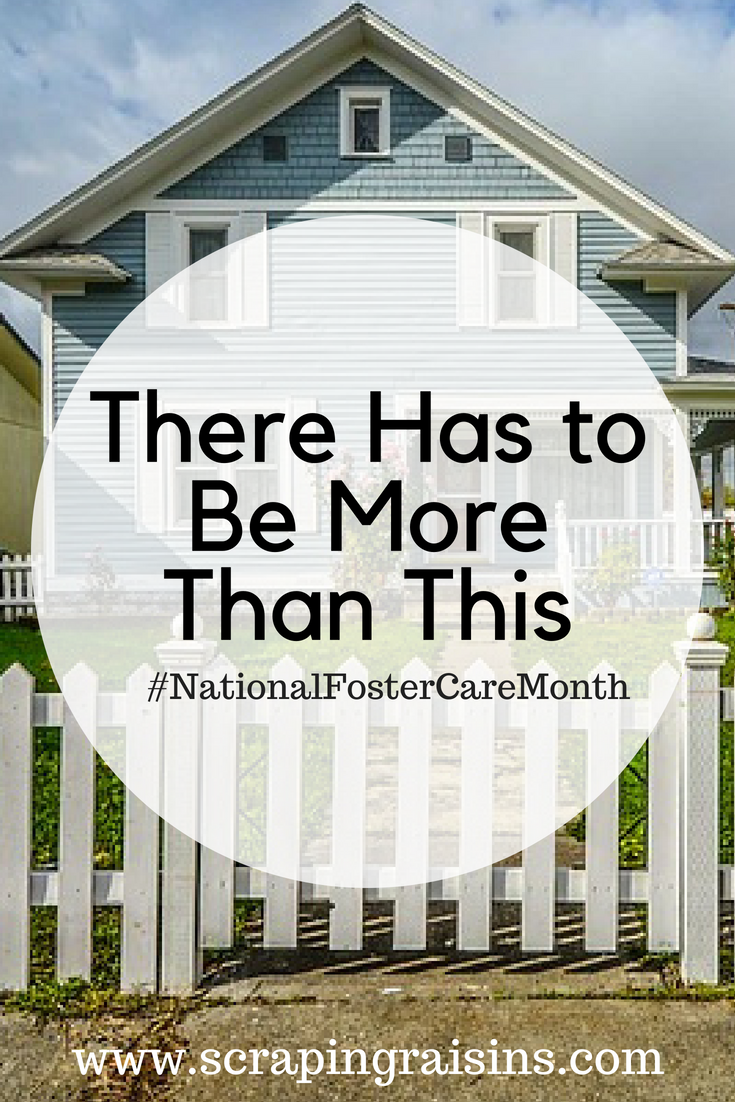

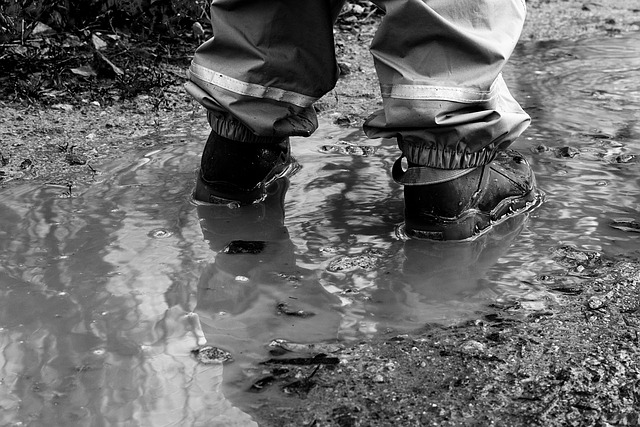
 Gena Thomas served as a missionary in northern Mexico for over four years with her husband, Andrew. While there, the couple founded and managed El Buho, a coffee shop ministry that still serves the town of Hidalgo. Gena holds a masters in International Development. Purchase her book,
Gena Thomas served as a missionary in northern Mexico for over four years with her husband, Andrew. While there, the couple founded and managed El Buho, a coffee shop ministry that still serves the town of Hidalgo. Gena holds a masters in International Development. Purchase her book, 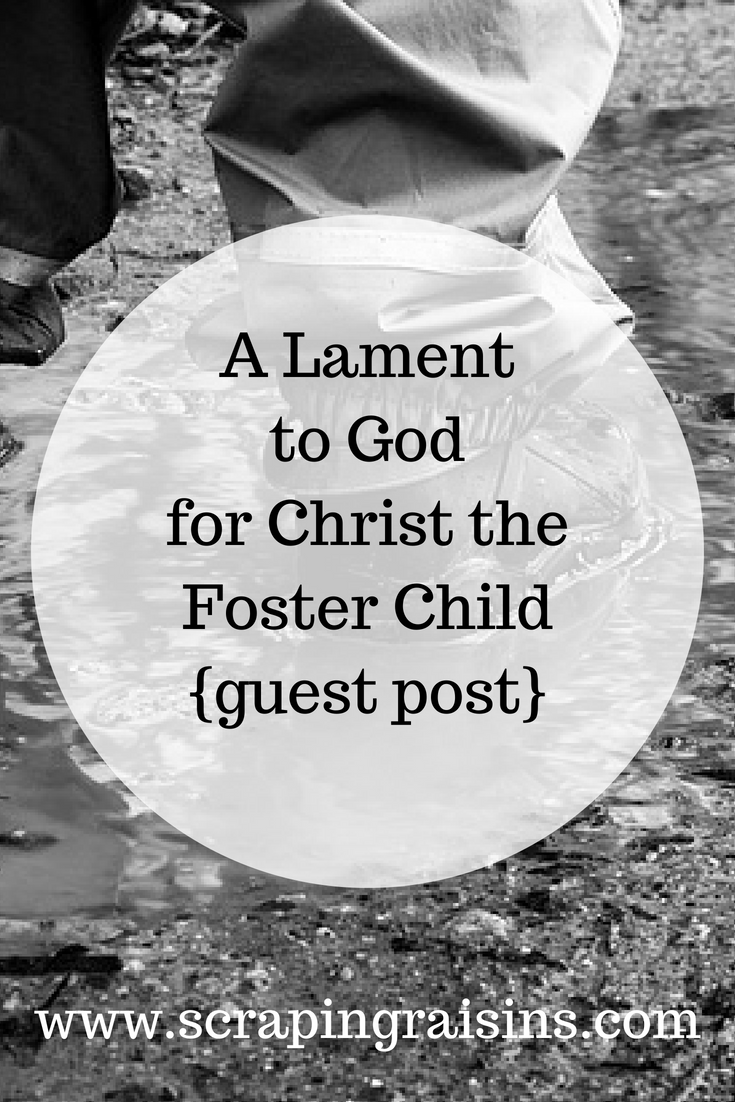
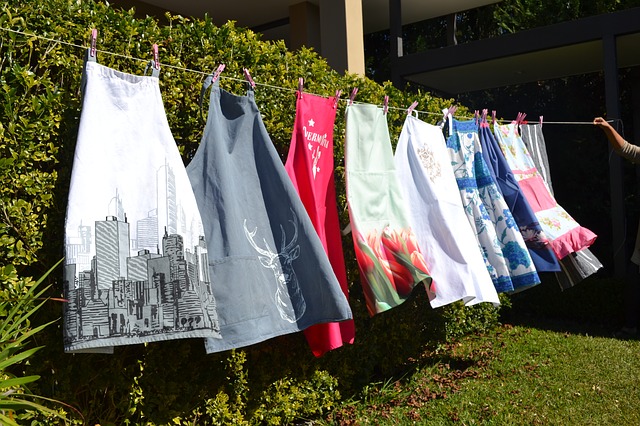
 Catherine McNiel writes to open eyes to God’s creative, redemptive work in each day—while caring for three kids, two jobs, and one enormous garden. Catherine is the author of
Catherine McNiel writes to open eyes to God’s creative, redemptive work in each day—while caring for three kids, two jobs, and one enormous garden. Catherine is the author of 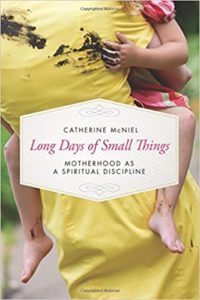 I have three books to giveaway this month, so keep an eye out for them! This week, I’m giving away a copy of
I have three books to giveaway this month, so keep an eye out for them! This week, I’m giving away a copy of 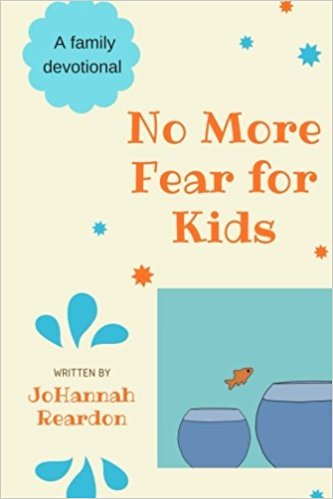
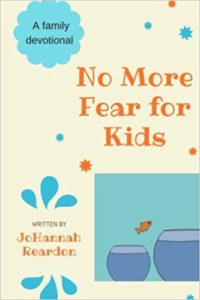
 More About JoHannah:
More About JoHannah: Our theme for April is “Books and Writing,” and I hope to share my favorite books, podcasts and resources for new writers.
Our theme for April is “Books and Writing,” and I hope to share my favorite books, podcasts and resources for new writers. 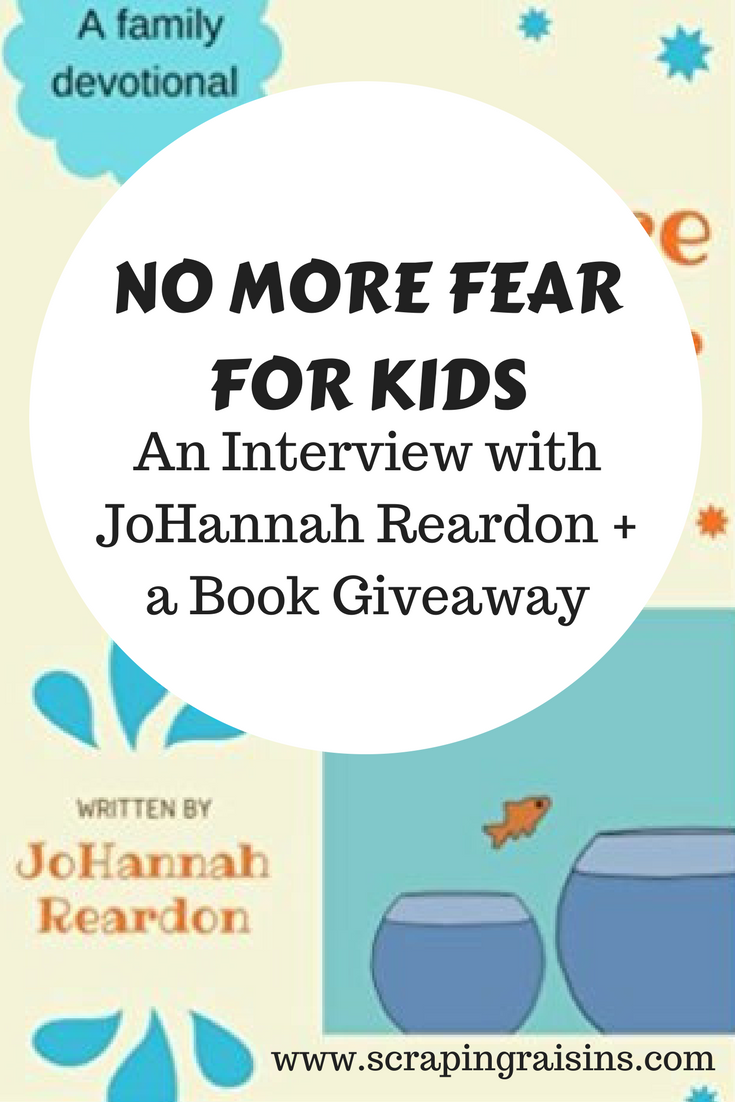
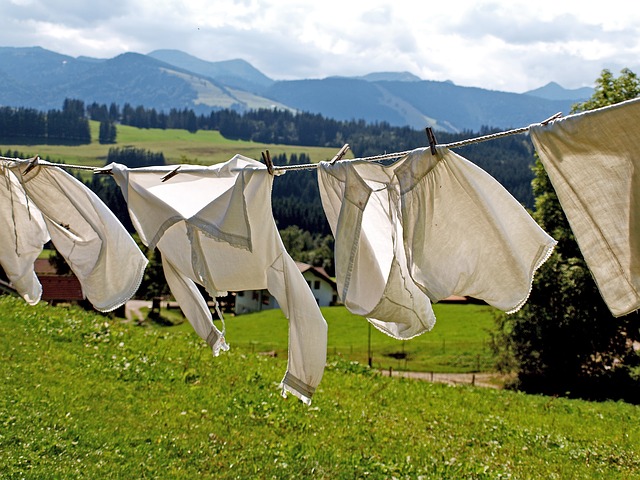
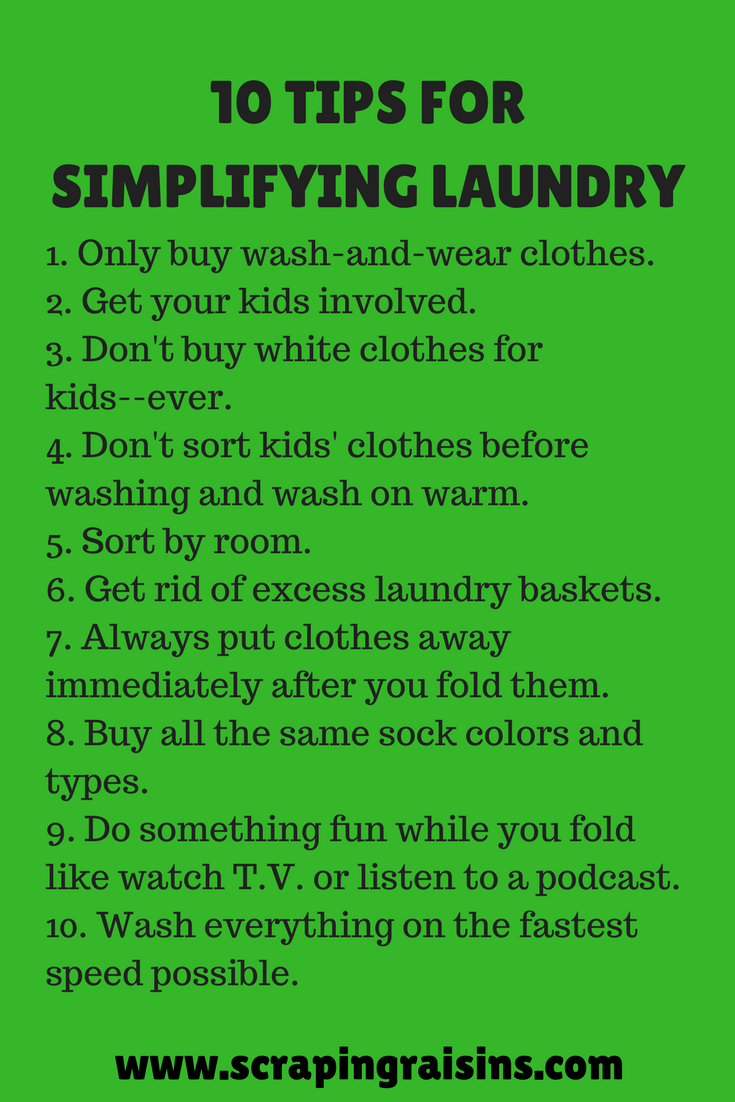
 Thank you for meeting me here in this space. The theme for March is “Simplify,” so you can
Thank you for meeting me here in this space. The theme for March is “Simplify,” so you can 